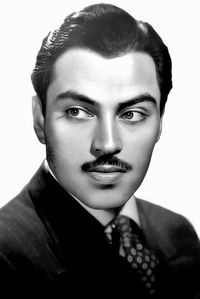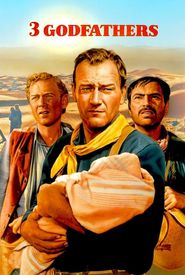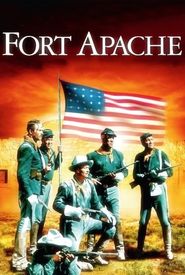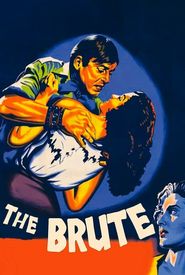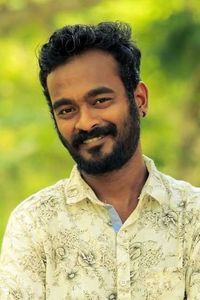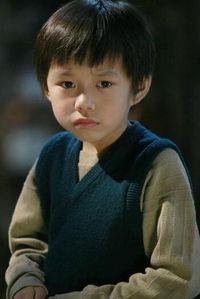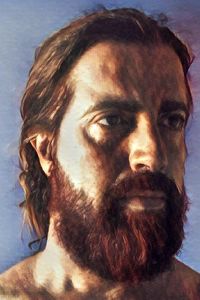Pedro Armendáriz, a native of Mexico's tumultuous revolutionary era, was the inaugural offspring of Mexican Pedro Armendáriz García-Conde and American Adele Hastings. Raised in the then-suburban neighborhood of Churubusco, Mexico City, his family's sojourn was short-lived, as they subsequently relocated to Laredo, Texas.
Armendáriz' formative years were marked by tragedy, as his parents met an untimely demise in 1921. In the aftermath, his uncle Francisco assumed responsibility for his education, and the young Pedro was enrolled in the Polytechnic Institute of San Luis Obispo, California. There, he pursued degrees in business and journalism, graduating in 1931.
Upon his return to Mexico City, Armendáriz embarked on a multifaceted career, working as a railroad employee, insurance salesman, and tourist guide. His remarkable talent, however, was soon discovered by director Miguel Zacarías, who was impressed by Armendáriz' recitation of Hamlet's iconic monologue ("to be or not to be") to an American tourist in a cafeteria.
This serendipitous encounter marked the beginning of Armendáriz' illustrious career in Mexico, the United States, and Europe. Collaborating with the likes of Dolores Del Río and Emilio Fernández, he contributed to some of the most iconic films of the so-called Mexican Cinema Golden Era, including Wild Flower (1943),Bugambilia (1945),and Maria Candelaria (1944).
Considered the epitome of masculinity and male beauty, Armendáriz' striking features, including his piercing green eyes, made him a natural fit for any role. Yet, it was his unwavering passion, unbridled force, and exceptional acting abilities, combined with his refined gentlemanly demeanor, that cemented his status as a favorite among renowned directors like John Ford, and international costars such as María Félix, Sean Connery, and Susan Hayward. His widespread popularity transcended borders, earning him a devoted fan base in Mexico and beyond.
